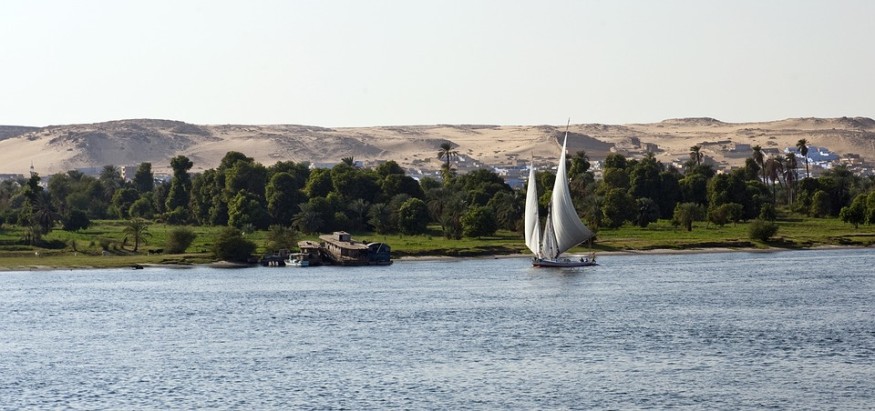
Africa's Lake Victoria, the world's largest tropical lake and the source of the Nile River, is said to dry up in the next 500 years due to climate change. This is according to the new findings from a team of experts that are led by the University of Houston. Adding to these findings, the White Nile, which is one of the two main tributaries of the Nile, could lose its source waters in the next few decades.
Effects of climate change
Emily Beverly, the assistant professor of sedimentary geology at the UH College of Natural Sciences and Mathematics, together with the researchers at Baylor University, said that they were able to come up with the findings by using ancient sediment from outcrops along the edge of the lake and by generating a water-budget model to see how Lake Victoria's levels respond to changes in temperature, evaporation, solar energy and rainfall. Their findings were published in Earth and Planetary Science Letters, and it is indicated there that a rapid lake level decline was possible tens of thousands of years ago, and it could still happen in the future.
Lake Victoria's importance
Beverly explained that their model predicts that at current rates of temperature change and previous rates of lake level fall, Lake Victoria could have no outlet to the White Nile in as little as 10 years. Every major port in Lake Victoria could be landlocked within the next few years, and Kenya could lose access to the lake in 400 years.
The drying up of Lake Victoria could affect the economic resources supplied by the lake and all the livelihoods of approximately 40 million people who are living in the Lake Victoria Basin.
Tanzania and Kenya depend on the freshwater of the lake to support their fishing industries and other resources because the lake harvests more than one tons of fish every year.
Uganda would be deprived of its primary source of electricity through hydropower and the water that sustains the Nile during non-flood stages.
The Kagera River basin, which is the main river that flows into Lake Victoria, sustains rainwater to Burundi and Rwanda, which then rely on livestock production and agriculture.
As the research shows, Lake Victoria gets most of its water from rain, and every year, the area gets 55 inches of rainfall. The sediment analyzed from along the lake shows that the rainfall levels from 35,000 to 100,000 years ago were about 28 inches or at least half of what they are today. The water-budget model that was used in the study showed low amounts of rainfall that caused Lake Victoria to dry up at least three times in the past 100,000 years, and it could happen again in the future.
Beverly said that the sun is so strong, and the weather is so warm in Lake Victoria because it is at the equator that evaporation is so high. If the water balance is thrown off, the lake can dry up fast. It does not take much of a drop in precipitation to change it.
The study about Lake Victoria and the effects of climate change was made possible with grants from the National Geographic Society, National Science Foundation, Geological Society of America, Leakey Foundation, and the Society for Sedimentary Geology totaling more than $200,000. Other collaborators include the University of Utah, the University of Connecticut, and the University of Cambridge.











